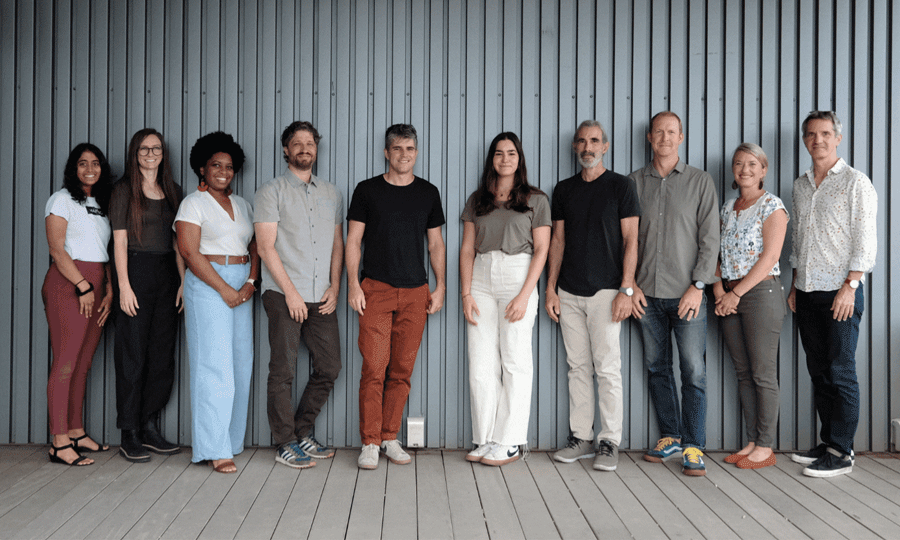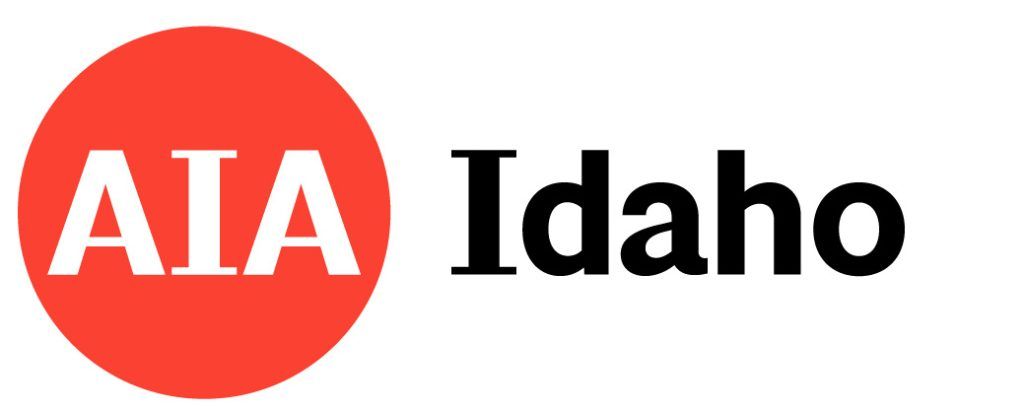While good design is the foundation of sustainability, market demands, cultural inertia and population growth require more proactive measures. In our rural Idaho market, we face similar challenges to implement sustainable practices, but there are some tried-and-true strategies that are actually doable and will transform your practice.
The top three challenges we all face are:
- Finding the time to implement things we know how and want to do (or learning more about them).
- Specifying certain sustainability measures in our designs only to have them VEed out or changed in the field by the contractor.
- Convincing clients that new or innovative strategies are worth the effort and financial investment.
In reality, these challenges can be overcome with a shift in mindset and language. It requires a shift in thinking and speaking, but once this is shifted, the rest will flow. I found this to be the case while running Love | Schack Architecture — a small, regional-based firm in the Yellowstone Region. Now, as the owner of Regenerative Building Solutions, I guide architects, owners and sometimes contractors to implement sustainable strategies that feel elusive.
The first strategy is to embrace a non‑political form of sustainability. We all want and deserve a safe, clean and comfortable environment (both indoors and outdoors). All types of Idahoans are here for this very reason — we are one of the last “refuges” offering a rural lifestyle — either mountainous or ag/ranch-based. We can talk about these things together, but using politicized buzzwords like “sustainability” might kill your opportunity to implement best practices as you know them. Words like “comfortable,” “healthy,” “efficient” and “performance” go much further with clients and contractors.
The second strategy is to take back your power as an expert to lead the entire team. There is a great discrepancy between contractors’ and clients’ backgrounds and yours as an architect. In our state, anyone can become a contractor if they pay a fee. Calling this out is not to degrade their expertise. Your experience as an expert in architecture can never replace what is learned from years in the field, and because our industry is set up to be separate (for better or worse), collaboration and integrated design with a contractor’s input is often the only strategy for efficiency — both time and financial — in the long-run. However, as the architect, you have the ability to differentiate between mediocrity and greatness in a contractor, and your clients deserve your input and guidance. To let a client select their contractor without your review is actually doing them a disservice. Contractors with the client’s best interest in mind understand the language discussed in the previous paragraph and will appreciate and support your expertise. They will be eager to learn from you, and you will appreciate learning from them. In order for architects to succeed, we must collaborate with those who are doing the constructing. At Love | Schack, for instance, we worked only with contractors who had taken a particular certification course indicating that they have the knowledge of financial, health and environmental benefits of building in a way that was different from Code Minimum, and with healthier materials. Once the entire team of experts speaks the same language, you can work together in your client’s best interest. Note: We actually made money as a firm by hosting the course instructor in our communities, and you could, too.
The third strategy is to take a little risk and make a commitment. As a reassurance, your clients want sustainable design (remember that it is healthy, clean, comfortable and fiscally responsible), and if you speak about it as a leader in a way that supports their goals and desires, you will find it is a great marketing strategy for your firm. The commitment entails creating a little document called a Sustainability Action Plan, a firm‑specific outline of goals tailored to your firm, your available resources and time.
There are many examples of other firms’ plans online. You can reference AIA National’s SAP (which will be updated specifically for small firms in 2025).
The Benefits of a Sustainability Action Plan
The following are five benefits of having a Sustainability Action Plan (SAP):
- Streamlined Productivity: An SAP aligns your firm’s goals with actionable strategies, saving time and reducing inefficiencies.
- Enhanced Marketability: Position your firm as a leader in sustainability. Clients increasingly value environmentally responsible practices.
- Competitive Edge: Demonstrating expertise in sustainable design helps you stand out in a crowded market.
- Elevated Design: Metrics and boundaries within a SAP inspire innovation and elevate design quality.
- Resilience and Fortitude: Build a future-ready firm that thrives as sustainability and disaster‑survivability become the industry standard.
How to Create a Sustainability Action Plan That Works
Your SAP will reflect your firm’s unique culture, celebrate existing sustainable practices and align with the challenges of operating as a small firm. It will empower you to turn clients into sustainability advocates, enhancing your influence within your market. By setting realistic goals paced over one, three and five years, your SAP ensures progress without overwhelming, paving the way for impactful, long-lasting change. If you set your firm on this track, momentum will drive integration and make your sustainable practices sought after by clients and collaborators. You do not have to do it all! Consultants like Regenerative Building Solutions can perform (or recommend others) energy modeling, envelope design and detailing, spec-writing, sub-contractor and G.C. procurement, life-cycle analysis, and upload to the DDX in a way that can be incorporated into your existing process without significantly adding to your learning curve or project scope and fee.
Sustainable Business

Set Goals for One Year, Three Years and Five Years
One-Year Goals: Dip Your Toe In
Champion what you are already doing, identify what fits within your culture and market, and start taking more authority with your clients.
- Market Your Commitment: Dedicate five to 10 hours to incorporate these values into your branding. Highlight existing efforts like LEED AP credentials, energy modeling, and community-oriented or affordable housing projects.
- Test Tools: Trial two software products for early-phase energy modeling and carbon accounting on one project (10-20 hours). Or hire a consultant to work with you on this.
- Integrate Sustainability: Add basic, firm-appropriate sustainability language to contracts (one hour).
- Report Progress: Join the AIA 2030 Commitment and/or Materials Pledge. Log your findings in the Design Data Exchange (DDX) (three hours) for one to three projects.
Three-Year Goals: Build Momentum
Start with early-phase comparison energy and embodied carbon modeling. This will drive macro design decisions that maximize your impact.
- Implement early-phase energy modeling for every project, adhering to the latest energy codes.
- Use three low-carbon materials on every project.
- Educate clients on sustainability’s value, integrating practices into all project phases.
- Strengthen branding with your own real-world examples and measurable data.
- Report all projects in the DDX.
- Take the lead in contractor selection to align with sustainability goals.
Five-Year Goals: Lead the Industry
By this time, you will have the process integrated and the data to ride the wave you created. You will be uniquely positioned to drive the market change you want to see.
- Perform cradle-to-gate embodied carbon modeling on all projects.
- Perform energy modeling throughout all phases of all projects.
- Achieve 2030 Commitment benchmarks for most projects.
- Leverage historical data to showcase achievements.
- Evaluate and evolve your SAP.










